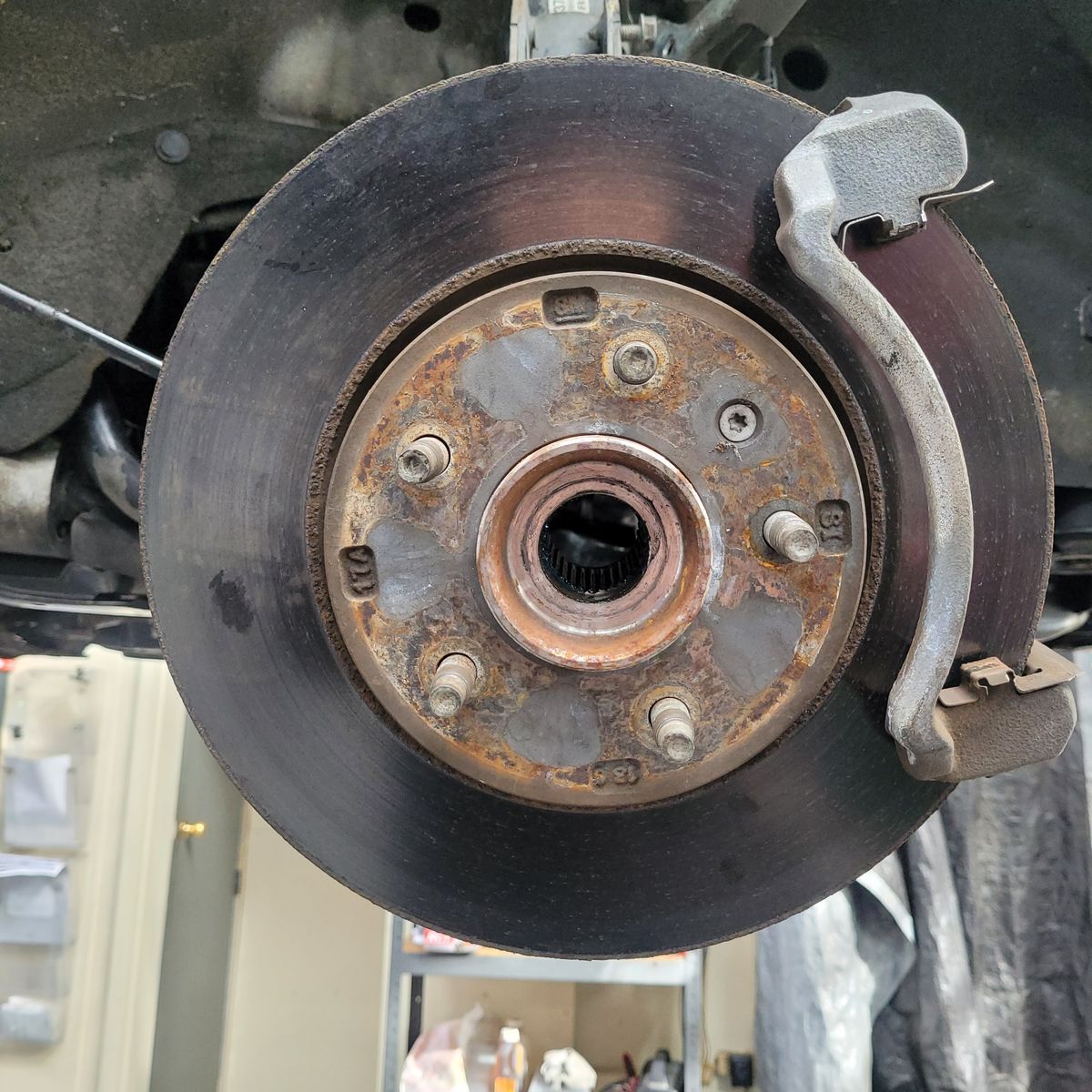Pretty common question we get here at Grimmer: “How can I make my car’s brakes feel better – and safer?” With all the roundabouts on Wairere Drive, potholes around Nawton, and those classic stop-start bumper-to-bumper mornings crawling along Te Rapa Road, your brakes cop a real hiding in Hamilton. Doesn’t matter if you’re running a Mazda Axela, Honda Jazz, or even something different like a Peugeot 3008 — good stoppers are a must, especially when the weather swings from summer scorchers to thick winter fog. So here’s three tried-and-true tips, straight from the Grimmer workshop, to help you get the best out of your brakes.
1. Don’t Let Your Brake Fluid Go Off
Flush it Out Before it Turns Nasty
We see this all the time, especially on stuff like Suzuki Swifts from Cambridge and Nissan Pulsars from Morrinsville— owners not realising brake fluid isn’t a ‘forever’ thing. Over time, it sucks up moisture from the air (Hamilton’s damp winter mornings don’t help), which can lead to rusty lines and spongy pedal feel. Once water gets in, you risk way less braking power, especially after a few panic stops down Normandy Ave or sweating brakes on the Dinsdale hills. The general rule? Change that fluid every 20,000 to 25,000 k’s, or every couple of years — whichever comes first. That way, you’ll keep your pedal feeling firm and the brakes biting strong. Wondering if yours is overdue? Here’s how to spot dodgy brake fluid or you can read more about water sneaking in too.
2. Upgrade Your Pads & Rotors
Better Materials Means Better Braking
If you do lots of city driving — say you’re zipping between Chartwell and Rototuna in a Hyundai i30, or out to Te Awamutu for work — your brakes see a lot of heat. Stock pads are fine for most, but if you notice fade after a few hard stops, or if you tow a boat on weekends, it might be time to step up. High-performance pads and rotors (we often fit ceramic or metallic options, especially on Euro wagons like Skoda Octavia or the odd older Lexus IS250) handle the heat better and give you sharper, more consistent stopping power — even on those rainy Ulster Street evenings. They tend to last longer too. Here’s a quick read on different brake materials, and if you’re curious about brands or upgrades our techs rate, check here.
3. Keep Your Tyres in Top Nick
All The Stopping Power in the World Means Nothing on Bald Tyres
Easy to overlook — but bald or underinflated tyres are a real hazard, especially when it’s chucking down on Ruakura Road or you’re hitting wet gravel on the way out to Gordonton. Even an Audi A4 with flash new brakes won’t pull up if the tyres aren’t biting. We check lots of Toyotas, Subarus, and even the occasional Kia Carnival with worn tread, splits, or bung pressures — most folks are shocked how much better their brakes feel once the rubber’s sorted. Make a habit of checking your tread, look for cracks, and keep those pressures smack on factory spec. Not only does this boost your braking, but it’ll help with fuel economy and get you through your next WOF Hamilton check easier. Here’s more about tyre maintenance if you want the full rundown.
Why Grimmer? Real Fixes, Real Results
At the end of the day, Hamilton roads aren’t gentle on brakes — but with a bit of care you’ll stay a lot safer (and avoid nasty surprises come WOF time or your next roadie out to Raglan). If you want a local, down-to-earth car service Hamilton can trust — we’re here for you. We pride ourselves on:
-
Being up to date with the latest brake fixes and tech
-
Using proper parts that last for ages, not just cheapies
-
We sort tyres too, so you get a complete package
-
Your safety is priority — and we want you happy, every time
Whether your brakes just need a tweak, or you’re thinking about a full upgrade, give us a bell. Pop in or book online, and our team will make sure you’ve got stopping power when it counts. Drive safe out there.

